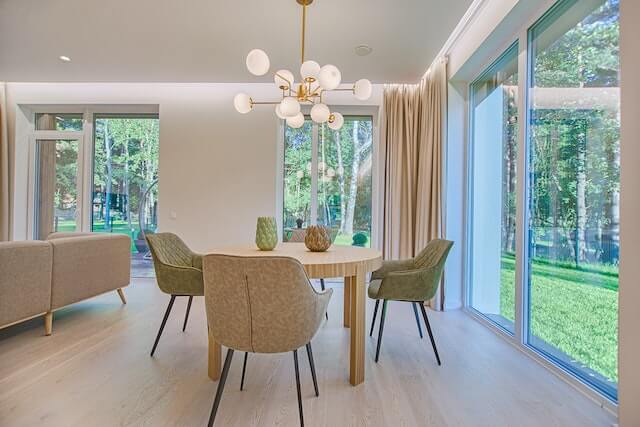Managing a rental property can be a captivating experience for investors due to the various options available in the industry. A traditional 12-month lease remains popular. However, an increasing number of landlords are exploring the benefits of medium-term rentals to increase their revenue.
What is a medium-term rental?
A medium-term rental is a type of rental that accommodates tenants for a period exceeding 30 days. The tenancy period can vary from 30 days to less than a year, with the most common length of stay being between two to three months. Unlike long-term rentals, medium-term rentals usually come fully furnished, with the landlord providing basic amenities and furniture.
While medium-term rentals generally require less administrative work compared to short-term rentals, the turnover rate for tenants is higher. To make property management more manageable, you need to improve the marketing and managing system of your rental business.

What to include on a medium-term lease agreement?
When managing a medium-term rental, it’s important to include some specific details in the lease agreement. A security deposit is a must, just like a long-term rental, to encourage tenants to take care of the property and cover any losses if property damage occurs. The lease agreement should also abide by local landlord-tenant laws and be location-specific to avoid legal issues.
The length of tenancy, rent amount, move-in fees, security deposit, late fees, and rent payment grace period should all be clearly stated in the lease agreement. Additionally, it should specify the amenities that will be provided and the responsibilities of the tenant and landlord regarding property damage. The lease should also outline the expectations and responsibilities of both parties, including payment of rent and submission of maintenance requests, to maintain the rental and prevent property damage.
Who Avails of Medium-Term Rentals?
A variety of tenants opt for medium-term rentals due to the shorter commitment and convenience they offer. Here are some common renters who are more likely to show interest on your medium-term rental property:
College Students
College students usually require a temporary place to stay while they attend classes, either for a semester or during the summer. A medium-term rental offers a cost-effective and flexible option for students, allowing them to avoid dorm life or lengthy commutes.

Remote Workers
With the outbreak of COVID-19, the number of remote workers across various industries has increased, who look for a temporary stay in new cities for a few months. As remote working becomes a norm, renters are increasingly turning to medium-term rentals for their temporary relocation needs.
Travel Nurses
Travel nurses also find medium-term rentals suitable, as they can occupy a new rental without the need to purchase new furniture or sign a long-term lease. This option may be beneficial for landlords who own a property near a hospital.
Relocating Individuals
People relocating to a new city or town also prefer medium-term rentals. This option provides a great solution for individuals who want to move but have not yet found a permanent residence. It allows them to explore the area and search for a long-term option simultaneously.
Making Your Medium-Term Rental Stand Out
As medium-term rentals gain popularity, it’s crucial to make your properties stand out in a competitive market. A well-furnished rental is a key factor in attracting tenants.
A property with a clean and welcoming design as well as thoughtful amenities would make it appealing to potential renters.

Additionally, you can consider the property’s location and the target tenants. For instance, if your city has a growing number of remote workers, you can furnish your rental with a sturdy desk, comfortable chair, and stable Wi-Fi to attract more tenants who work from home. These amenities are essential for those who work remotely and can help make your rental stand out.
Once you have an enticing property, you have to make sure that a lot of people would discover it. Publish a listing on Padleads and make sure you add professionally photographed images of the unit. What’s great about Padleads is that you can syndicate your listings to other high-traffic websites and extend your reach in the market. More people will see it and you can expect more rental applications to come in.